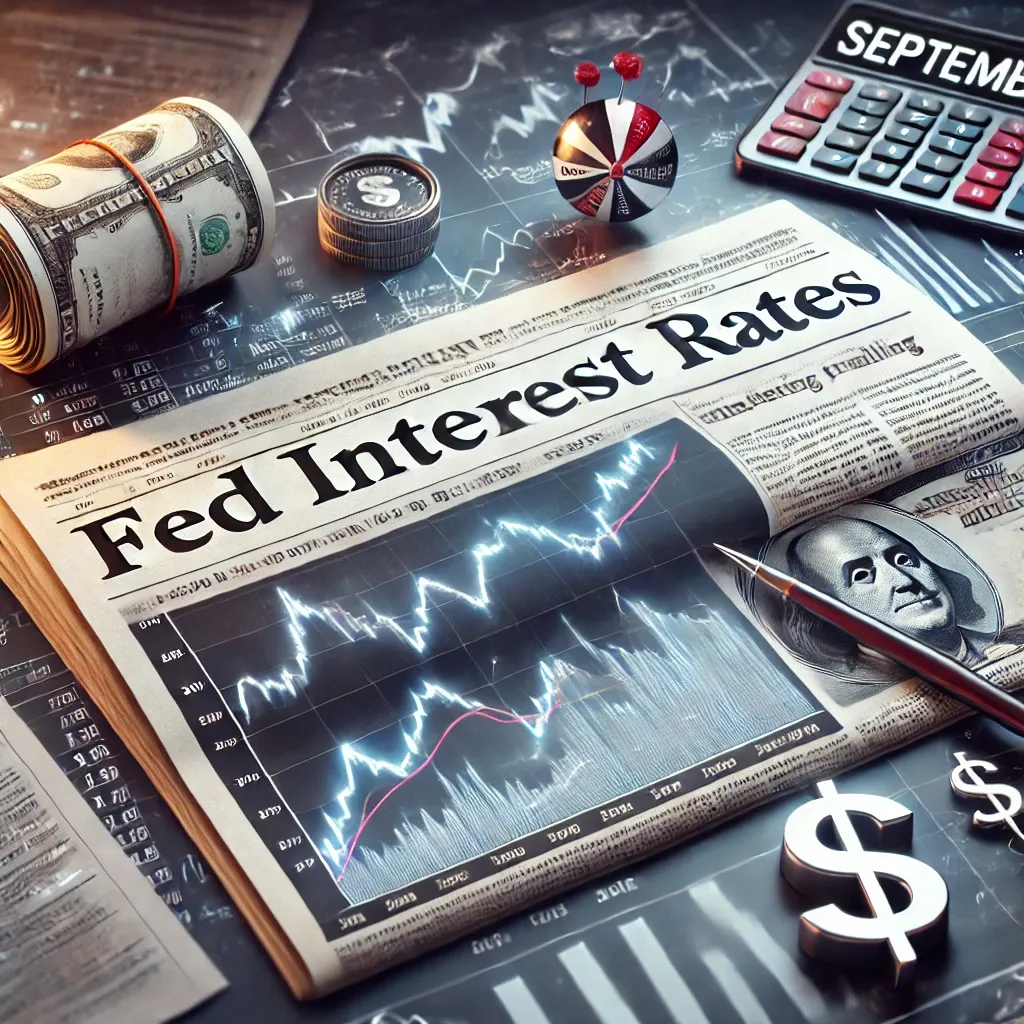: What will happen if you miss the latest Fed rates update? Are you ready for the impact on your investments? Discover how Fed rates decisions affect your future.
Fed Rates and Stock Market: What’s the Correlation?
The relationship between Fed rates and the stock market has been a critical factor in financial strategies since the dawn of modern investing. When the Federal Reserve raises or cuts interest rates, it sends ripples across the global financial ecosystem, causing markets to react in various ways. The first step to mastering the market is understanding this relationship.To illustrate, when the Fed lowers rates, the cost of borrowing becomes cheaper, encouraging investment in stocks. Conversely, when the Fed increases rates, borrowing costs rise, leading to a decrease in stock market activity. A notable case occurred during the early stages of the COVID-19 pandemic when the Fed drastically reduced rates to near zero, spurring a temporary stock market rally.Here’s how understanding this correlation can give you an edge:
- Lower Rates: Boosts borrowing and investment.
- Higher Rates: Slows economic growth and reduces stock market enthusiasm.
- Neutral Impact: When rates remain unchanged, the stock market looks for other economic indicators.
- Unexpected Decisions: When the Fed surprises the market, volatility ensues.
- Inflation Concerns: Higher inflation expectations can lead to higher Fed rates, affecting stock prices.
- Tech Sector Impact: Companies like Apple and Tesla are more vulnerable due to higher growth dependencies.
- Historical Trends: Since 2000, the market has seen multiple Fed-led corrections.
- Safe Havens: In times of rising rates, investors often shift to bonds or gold.
- Global Influence: Fed decisions influence international markets as well.
- Volatility: Be prepared for short-term market swings based on rate decisions.
In summary, staying informed about the Fed’s rate decisions could be the key to safeguarding your stock market investments.
Fed Rates History: Understanding the Past to Predict the Future
The Federal Reserve’s approach to adjusting interest rates has evolved significantly since the year 2000. Recognizing patterns in the Fed’s decisions can provide insight into future movements. Historically, the Fed has raised rates during periods of economic growth and reduced them during recessions.The 2008 financial crisis saw a drastic reduction in interest rates, with the Fed keeping rates near zero for several years to stimulate economic recovery. This continued until 2015, when rates were raised again.Key moments in Fed rates history include:
- Dot-com Bubble: The Fed cut rates to counter the market crash.
- 2008 Financial Crisis: Rates dropped to near zero.
- 2015 Rate Hike: First increase post-crisis, signaling economic recovery.
- 2018 Trump-Era: A series of rate hikes under the Trump administration to curb inflation.
- 2020 COVID-19: Emergency rate cuts to support the economy.
- Post-Pandemic Recovery: Gradual rate increases as the economy regained momentum.
- Inflation Battles: Periods of higher rates to combat inflation spikes.
- Global Crises: How global events like oil shocks influenced the Fed’s decisions.
- Tech Revolution: The impact of interest rate decisions on tech stocks like Apple and Microsoft.
- Current Trends: Recent shifts indicating future Fed policies.
Understanding this historical context helps predict future movements, allowing investors to make informed decisions.
Fed Rates Decision: What to Expect in 2024
The Federal Reserve’s next rate decision in 2024 is highly anticipated, especially given the current economic climate. The Fed’s decision will hinge on various factors, such as inflation, unemployment, and global economic conditions. Market participants eagerly await each Fed meeting to adjust their portfolios accordingly.Here’s what to watch out for:
- Inflation Data: Higher inflation will likely prompt a rate increase.
- Employment Reports: Strong job growth could justify higher rates.
- Stock Market Trends: A booming market may cause the Fed to cool things down with a rate hike.
- Political Pressures: Presidential elections often influence Fed decisions, though they remain officially independent.
- Global Events: Trade wars, geopolitical tensions, and pandemics can alter rate trajectories.
- Bond Market: Watch for shifts in bond yields, as they are closely tied to interest rate expectations.
- Real Estate Market: Higher rates can reduce home affordability, impacting housing demand.
- Corporate Investment: Expect companies like Samsung and Google to adjust their capital expenditures based on Fed moves.
- Consumer Spending: A rate hike could dampen consumer enthusiasm, leading to lower retail growth.
- Tech Sector: Higher rates may limit growth prospects for tech companies reliant on cheap capital.
The upcoming Fed rates decision will have widespread consequences. Whether you’re an investor or a business owner, staying informed is crucial.
Conclusion
In the words of Warren Buffett, “Risk comes from not knowing what you’re doing.” Understanding Fed rates and their implications on the economy, stock market, and your investments is a key part of minimizing risk and maximizing opportunity. Stay ahead by keeping an eye on the Fed’s next move, as it could significantly impact financial markets worldwide.By focusing on Fed rates, their history, and future decisions, this article provides essential information that could save you from making costly mistakes. Stay informed and be ready to adjust your financial strategies based on Fed decisions.






